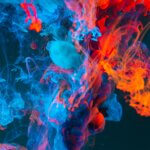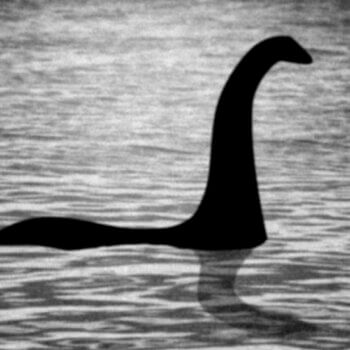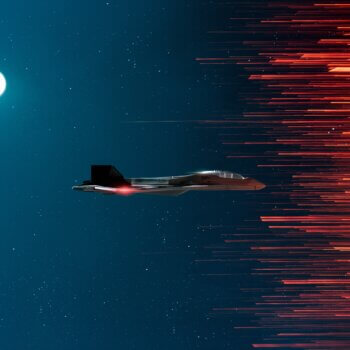Key Takeaway:
NASA’s independent study team released a report on UFOs, describing them as UAPs (unidentified anomalous phenomena) to move beyond the stigma associated with UFOs. The report found no evidence that reported UAP observations are extraterrestrial. The report also highlighted the need for transparency and reducing the stigma associated with UFOs. The study team suggested gathering sightings by commercial pilots using the Federal Aviation Administration and combining them with classified sightings not included in the report. The report also announced the appointment of a new director of research on UAPs to oversee the creation of a database with resources to evaluate UAP sightings. The report also highlighted the importance of transparency, as UFOs have long been associated with conspiracy theories and government cover-ups.
NASA’s independent study team released its highly anticipated report on UFOs on Sept. 14, 2023.
In part to move beyond the stigma often attached to UFOs, where military pilots fear ridicule or job sanctions if they report them, UFOs are now characterized by the U.S. government as UAPs, or unidentified anomalous phenomena.
Bottom line: The study team found no evidence that reported UAP observations are extraterrestrial.
I’m a professor of astronomy who has written extensively on astrobiology and the scientists who search for life in the universe. I have long been skeptical of the claim that UFOs represent visits by aliens to Earth.
From sensationalism to science
During a press briefing, NASA Administrator Bill Nelson noted that NASA has scientific programs to search for traces of life on Mars and the imprints of biology in the atmospheres of exoplanets. He said he wanted to shift the UAP conversation from sensationalism to one of science.
With this statement, Nelson was alluding to some of the more outlandish claims about UAPs and UFOs. At a congressional hearing in July, former Pentagon intelligence officer David Grusch testified that the American government has been hiding evidence of crashed UAPs and alien biological specimens. Sean Kirkpatrick, head of the Pentagon office charged with investigating UAPs, has denied these claims.
And the same week NASA’s report came out, Mexican lawmakerswere shown by journalist Jaime Maussan two tiny, 1,000-year-old bodies that he claimed were the remains of “non-human” beings. Scientists have called this claim fraudulent and say the mummies may have been looted from gravesites in Peru. A controversial journalist presented the Mexican government with 1,000-year-old bodies that he claimed were aliens.
Conclusions from the report
The NASA study team report sheds little light on whether some UAPs are extraterrestrial. In his comments, the chair of the study team, astronomer David Spergel stated that the team had seen “no evidence to suggest that UAPs are extraterrestrial in origin.”
Of the more than 800 unclassified sightings collected by the Department of Defense’s All-domain Anomaly Resolution Officeand reported at the NASA panel’s first public meeting back in May 2023, only “a small handful cannot be immediately identified as known human-made or natural phenomena,” according to the report.
Many of the recent sightings can be attributed to weather balloons and airborne clutter. Historically, most UFOs are astronomical objects such as meteors, fireballs and the planet Venus.
Some sightings represent surveillance operations by foreign powers, which is why the U.S. military considers this a national security issue.
The report does offer recommendations to NASA on how to move these investigations forward.
Most of the UAP data considered by the study team comes from U.S. military aircraft. Analysis of this data is “hampered by poor sensor calibration, the lack of multiple measurements, the lack of sensor metadata, and the lack of baseline data.” The ideal set of measurements would include optical imaging, infrared imaging, and radar data, but very few reports have all these.
The NASA study team described in the report the types of data that can shed more light on UAPs. The authors note the importance of reducing the stigma that can cause both military and commercial pilots to feel that they cannot freely report sightings. The stigma stems from decades of conspiracy theories tied to UFOs.
The NASA study team suggests gathering sightings by commercial pilots using the Federal Aviation Administration and combining these with classified sightings not included in the report. Team members did not have security clearance, so they could look only at the subset of military sightings that were unclassified. At the moment, there is no anonymous nationwide UAP reporting mechanism for commercial pilots.
With access to these classified sightings and a structured mechanism for commercial pilots to report sightings, the All-domain Anomaly Resolution Office – the military office charged with leading the analysis effort – could have the most data.
NASA also announced the appointment of a new director of research on UAPs. This position will oversee the creation of a database with resources to evaluate UAP sightings.
Looking for a needle in a haystack
Parts of the briefing resembled a primer on the scientific method. Using analogies, officials described the analysis process as looking for a needle in a haystack, or separating the wheat from the chaff. The officials said they needed a consistent and rigorous methodology for characterizing sightings, as a way of homing in on something truly anomalous.
Spergel said the study team’s goal was to characterize the hay – or the mundane phenomena – and subtract it to find the needle, or the potentially exciting discovery. He noted that artificial intelligence can help researchers comb through massive datasets to find rare, anomalous phenomena. AI is already being used this way in many areas of astronomy research.
The speakers noted the importance of transparency. Transparency is important because UFOs have long been associated with conspiracy theories and government cover-ups. Similarly, much of the discussion during the congressional UAP hearing in July focused on a need for transparency. All scientific data that NASA gathers is made public on various websites, and officials said they intend to do the same with the nonclassified UAP data.
At the beginning of the briefing, Nelson gave his opinion that there were perhaps a trillion instances of life beyond Earth. So, it’s plausible that there is intelligent life out there. But the report says that when it comes to UAPs, extraterrestrial life must be the hypothesis of last resort. It quotes Thomas Jefferson: “Extraordinary claims require extraordinary evidence.” That evidence does not yet exist.





























